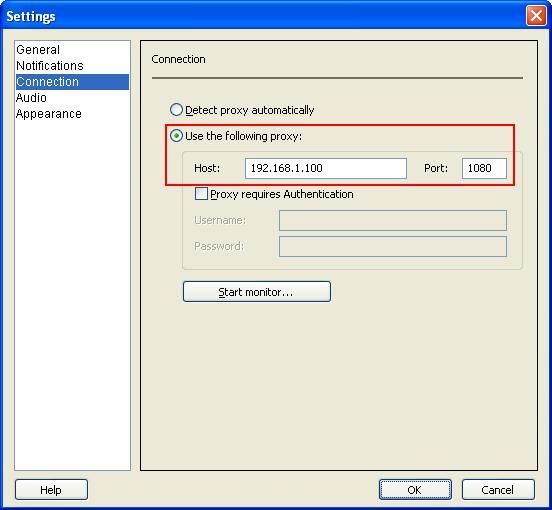

For security reasons, the administration or monitoring application APIs or web user interface (UI) ports for monitoring Hadoop cluster are closed by default when hosted on the cloud. An administrator or developer could access any backend services within a cluster that is hosted in the cloud behind a firewall for debugging, monitoring and administrating from a public network without exposing the backend service ports or whitelisting specific IPs. Whitelist the client or user’s IP to allow traffic to backend services (this is not the right solution for when a user’s IP changes, however).Ī SOCKs5 proxy with dynamic port forwarding using SSH can be an alternative to the two undesirable options above.Expose backend services to public (and accept the associated security risk) or.There are two ways to access any backend services that are running inside a cluster, and each has its limitations: Usually, a cluster is hosted in the cloud behind a firewall to minimize potential security vulnerabilities. Access Back-End Services Behind a Firewall Why You Should Adopt SOCKs5īelow are four key benefits to using a SOCKs5 proxy with SSH tunneling.
Private internet access proxy port 1080 full#

This includes things such as ping, Address Resolution Protocol (ARP), etc. SOCKS is a layer 5 protocol, and it doesn’t care about anything below that layer in the Open Systems Interconnection (OSI) model - meaning you can’t use it to tunnel protocols operating below layer 5. Therefore, a SOCKS proxy relays a user’s TCP and User Datagram Protocol (UDP) session over firewall.

The SOCKS proxy server doesn’t interpret the network traffic between client and server in any way it is often used because clients are behind a firewall and are not permitted to establish TCP connections to outside servers unless they do it through the SOCKS proxy server. SOCKS is designed to route any type of traffic generated by any protocol or program.Ī SOCKS proxy server creates a Transmission Control Protocol (TCP) connection to another server behind the firewall on the client’s behalf, then exchanges network packets between the client and the actual server. SOCKS, which stands for Socket Secure, is a network protocol that facilitates communication with servers through a firewall by routing network traffic to the actual server on behalf of a client. Now that we have a general sense of how a proxy works, let’s zoom in on a specific type of proxy - SOCKS - and, specifically, the SOCKs5 variant. A proxy server can encrypt your data so it is unreadable in transit and block access to certain webpages based on IP address. They also have caching mechanisms that store requested resources to improve performance. All incoming data enters through one port and is forwarded to the rest of the network via another port.Īside from traffic forwarding, proxy servers provide security by hiding the actual IP address of a server. It acts as a gateway between a local network and a large-scale network, such as the internet.Ī proxy server works by intercepting connections between sender and receiver. In computer networks, a proxy or proxy server is a computer that sits between you and the server.


 0 kommentar(er)
0 kommentar(er)
